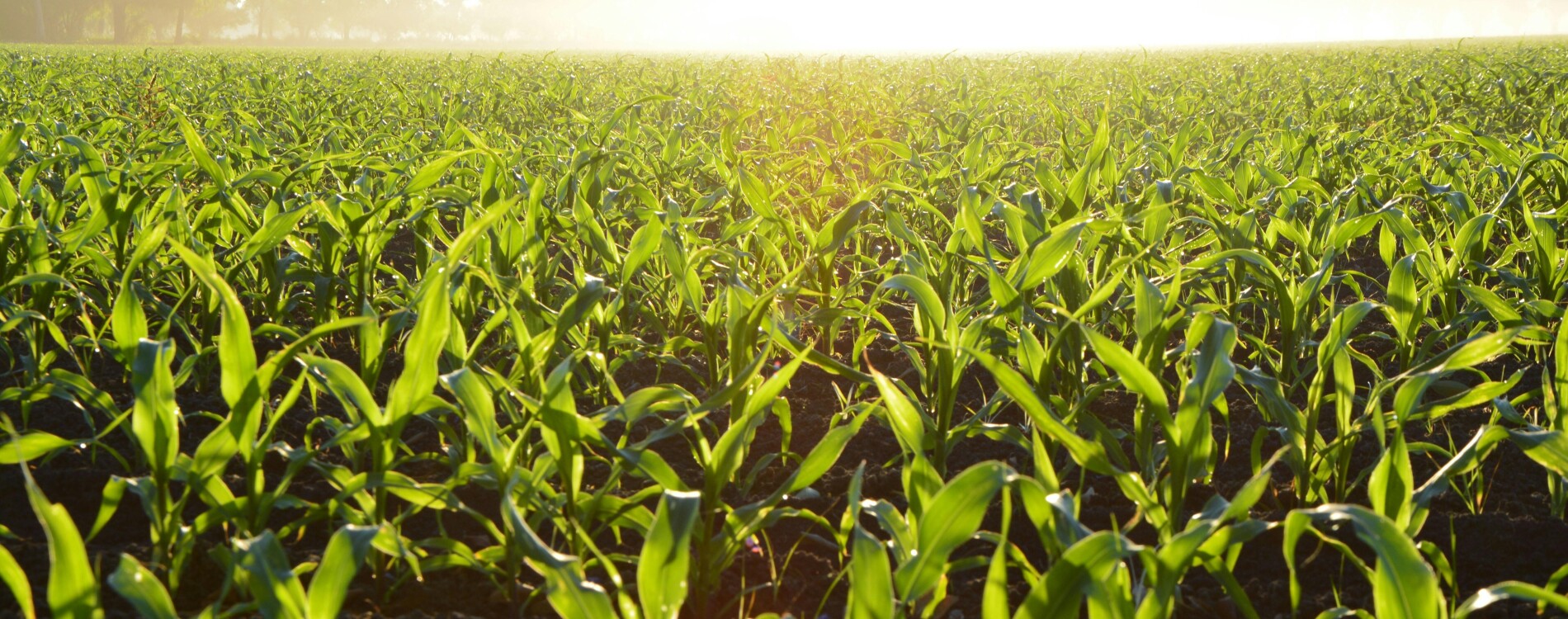
SBTi FLAG: how the food and agri sector can tackle land emissions
The food and agri sector is increasingly in the spotlight worldwide, since land use, deforestation and food production play a decisive role in achieving the global climate goals. This sector is significantly affected by climate change, but at the same time it is an important part of the solution. For example, between 1961 and 2021, 21% less agricultural productivity growth worldwide occurred due to climate change, while at the same time the sector has the potential to achieve up to 37% of global mitigation by 2030 through emission reductions. This increases the pressure on companies in this sector. Governments, investors and chain partners expect organisations to provide insight into how their activities contribute to land-related emissions.
In order to better measure and control the climate impact of agricultural activities, forestry and land use change, important steps have been taken in international standards in recent years. For example, the Science Based Targets initiative (SBTi) has developed the Forest, Land and Agriculture (FLAG) standard. The GHG Protocol also published the Land Sector and Removals (LSR) Guidance. Together, these frameworks provide greater clarity, comparability and ambition in a sector that is crucial for the global climate transition. In this blog, we discuss what the SBTi FLAG standard entails, how it relates to the LSR Guidance, and what this means for companies in the food and agri sector.
SBTi-FLAG
The SBTi-FLAG (Forest, Land and Agriculture) standard is for companies that want to reduce their emissions and capture CO₂ from land and nature-related activities. The standard is specifically aimad at companies within the food, agriculture and forestry sector. FLAG has a different approach than the regular SBTi methodology for energy and industry, because in addition to direct emissions, it also takes into account removals and land-use change. The main differences between the FLAG approach and the one for energy and industry are:
- In energy and industry, fossil fuels and direct emissions are central (scope 1, scope 2 and scope 3). FLAG is all about deforestation, land conversion, soil and manure emissions and biogenic CO₂ removal.
- FLAG requires separate targets for land‐ and nature-related emissions and distinguishes between FLAG targets and non-FLAG (energy/industry) targets.
- For companies, if more than 20% of the total emissions (scope 1-3) come from country-related activities, they are obliged to set a FLAG target for SBTi on top of the energy/industry target.
Relationship with the Land Sector and Removals (LSR) Guidance
The SBTi FLAG standard builds directly on the Land Sector and Removals Guidance of the Greenhouse Gas Protocol. While the SBTi provides guidelines for formulating reduction targets, the LSR Guidance provides the methodology for how organizations should measure and report land-related emissions. This guidance is currently in the review process and is therefore subject to change.
The LSR Guidance expands the existing GHGP by requiring companies to systematically include land-related emissions and removals (such as biomass growth) in their inventories. This creates a more complete picture of the climate impact of the land sector.
For companies that want to achieve an SBTi FLAG target, this means that their emissions inventory must be aligned with these LSR rules. Only then can the SBTi targets be validated.
Challenges and Opportunities
Many companies in the food and agri sector want to map their land-related emissions themselves, or at the request of supply chain partners or investors. For example, Ahold Delhaize has asked its largest suppliers to set SBTi targets. Using SBTi FLAG helps with this, but also presents specific challenges. For example, many emissions occur at suppliers and farmers, resulting in data that is often fragmented or non-standardized. The distinction between FLAG and non-FLAG emissions can be confusing. Separate accounting for emissions from land use, deforestation, and CO₂ removal through soils or forest management adds complexity. In total, there are over 20 types of FLAG emissions, and not every emission type applies to every emission category. The table below shows that not all Scope 3 categories apply to land management net removals and gross biogenic land CO₂ emissions.

Source: Sample Reporting Template - Part 1 (Draft for Pilot Testing and Review)
At the same time, there are clear opportunities. Companies that initiate supply chain collaboration and combine reliable data with public sources can effectively manage their reductions. Regular review and validation of the emission inventory ensures transparency and consistency.
For example, Arla Foods announced that it has adjusted its climate targets in line with the SBTi-FLAG guidelines. Arla Foods set two new Scope 3 targets:
- A 30.3% CO2e reduction for raw milk and externally sourced whey (a milk byproduct) between 2020 and 2030 (FLAG)
- 82.6% of its suppliers (measured by emissions) must have an SBTi target (non-FLAG) by 2029.
This step underscores Arla's strategy to map and reduce not only its own processes, but also land- and supply chain-related emissions. Arla provides a concrete example of how companies in the food and agri sector can set up an integrated reduction strategy through SBTi-FLAG.
Did this blog spark your interest?
Curious about what FLAG can do for your organization? Contact us at jonah@2impact.nl. Together, we'll explore how we can specifically support you in mapping FLAG emissions. Want to learn more and connect with other organizations in a similar situation? Sign up for our Share & Learn about SBTi, including FLAG.
You can also read our previous blogs on the SBTi-process, the proposed updates for the SBTi Net-Zero Standard and biogenic emissions.
